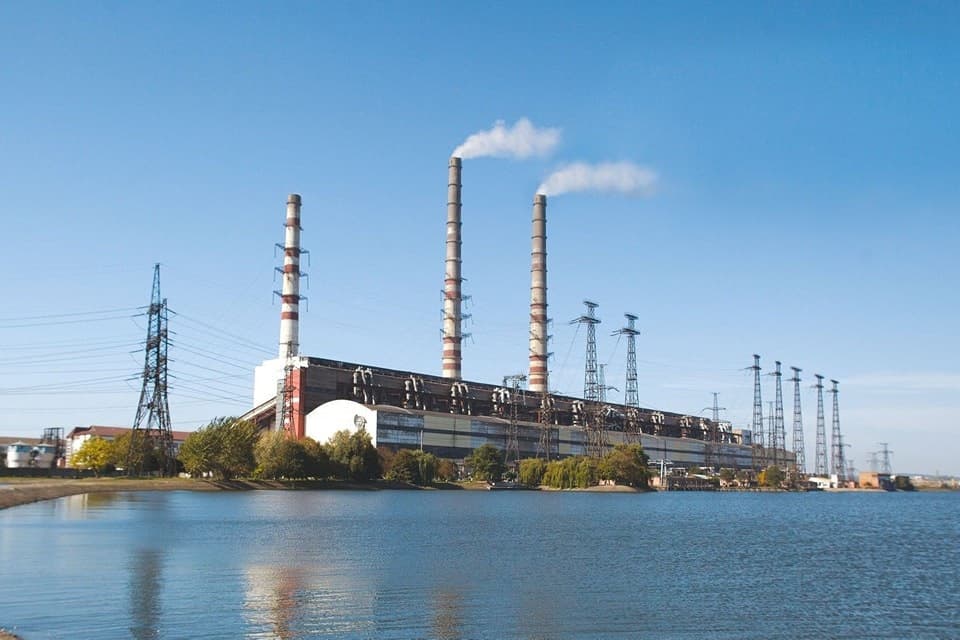DTEK energy company may have hidden hazardous accident at power plant

Ukraine’s largest energy company DTEK may have hidden the real scale of an accident that took place at one of their coal-fired thermal power plants in early November, according to a Dec. 2 report by Schemes, the investigative unit of Radio Free Europe/Radio Liberty.
According to the report, hazardous waste flooded about 10 hectares of land when the coal ash and slag pipeline broke at the Burshtyn thermal plant on Nov. 1. The waste was then reportedly pumped into a reservoir and got into the Dniester River.
DTEK denied the allegations in a comment to the Kyiv Independent.
DTEK, whose plants are among the top polluters in Europe, is owned by Ukraine’s richest man, Rinat Akhmetov. The Burshtyn thermal plant is located in the western Ivano-Frankivsk Oblast, 560 kilometers southwest of Kyiv.
The company’s initial statement about the accident was misleading and downplayed the accident, according to Schemes. The State Environmental Inspectorate detectives were reportedly not allowed by the plant’s management to inspect the site of the accident.
Several experts told Schemes that, judging from the footage from the site, the accident must have been breakage of a coal ash and slag pipeline, and not of a rainwater collector.
“Judging by the look and color, these are ash-slag materials,” Volodymyr Pecherskiy, former specialist at the Chornobyl nuclear power plant and ex-DTEK employee, told RFE/RL.
Jai Krishna, senior policy officer for industrial production at the European Environmental Bureau, reached the same conclusion.
Toxic water
Right after the accident, investigative journalists together with local ecology activists decided to take samples of dirty-brown liquid and send those to a laboratory to check if there were any dangerous chemical elements.
It turned out that the level of arsenic — a toxic chemical with no taste or odor that can cause lung and bladder cancer — exceeded the permissible level.
In a reply to the Kyiv Independent, DTEK said that all water test results after the accident were normal.
“There was no negative impact on the environment as a result of the rupture,” the company's statement reads.
The recent report only worsened the already grim image of the plant, which has been operating since the mid-1960s. In May, the plant was ranked by the UK-based ecology think tank Emberas as Europe’s top sulfur dioxide polluter and the second biggest coal ash polluter.
The Schemes (RFE/RL) filmed the waste that allegedly comes from a broken coal ash and slug pipeline being pumped into the nearby river reservoir.
The water from the reservoir flows into a local river and further into the Dniester River and the Black Sea. As the coal ash contains heavy metals including lead and mercury, it brings potential health risks for people living in that area.
“It is very dangerous to mix it with drinking water,” said European Environmental Bureau’s Krishna.










